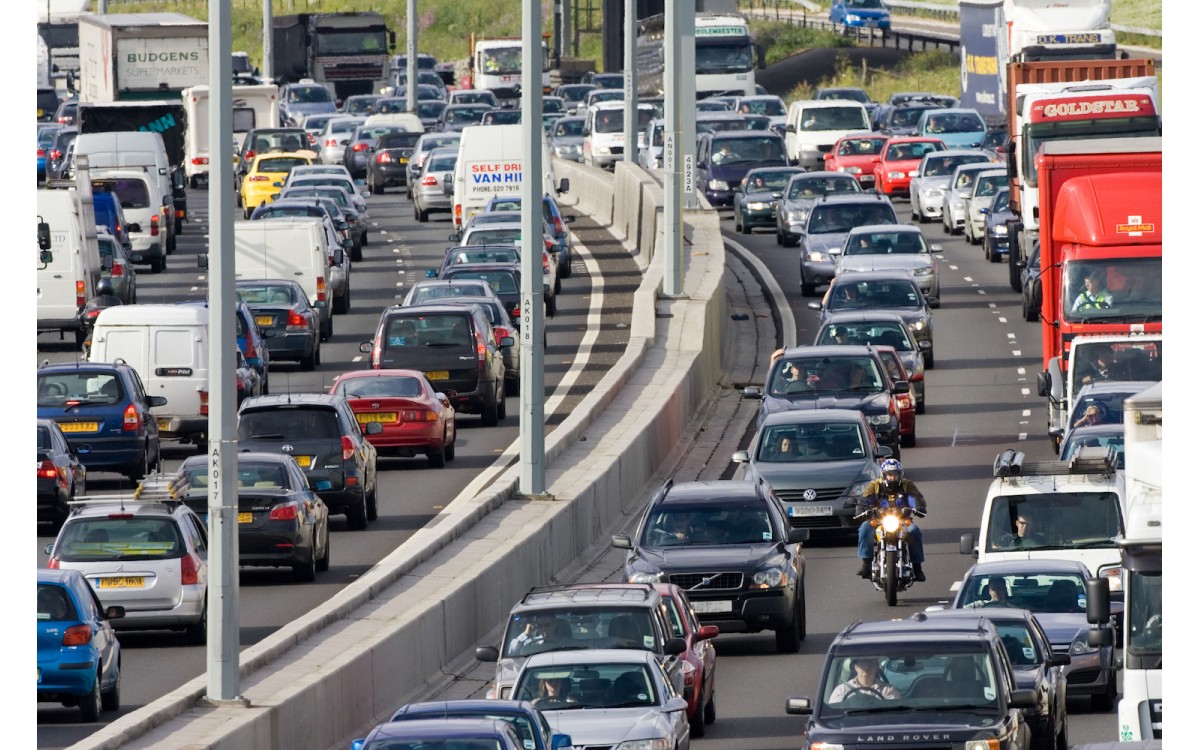We bikers know that riding a motorcycle is riskier than driving larger vehicles. The margin for error on a motorcycle is very thin and it is always the rider and his passenger who suffer the consequences, regardless of whose fault it was.
But that does not mean we have to just let others run us over, right? We should always seek to minimize the risks (and not do anything risky).
A large percentage of motorcycle accidents happen in the urban environment as most involve other vehicles. While it’s true that we cannot control what others are doing, again, as we said, it doesn’t mean that we only close our eyes and let it happen.
Most accidents occur in the urban environment as we share space with other vehicles. That little space already restricts us to being able to do only so much. The open road, on the other hand, is wide open, allowing us the space and time to avoid dangerous situations.
As such, we have to ride much smarter in the city.
1. Do not trust anyone
Trust us, no sane driver who leaves home with the sole intent of causing you to crash. The only troublemakers make up a small percentage, and they are usually driving under stress and duress, or intoxicated, or just being unskilled.
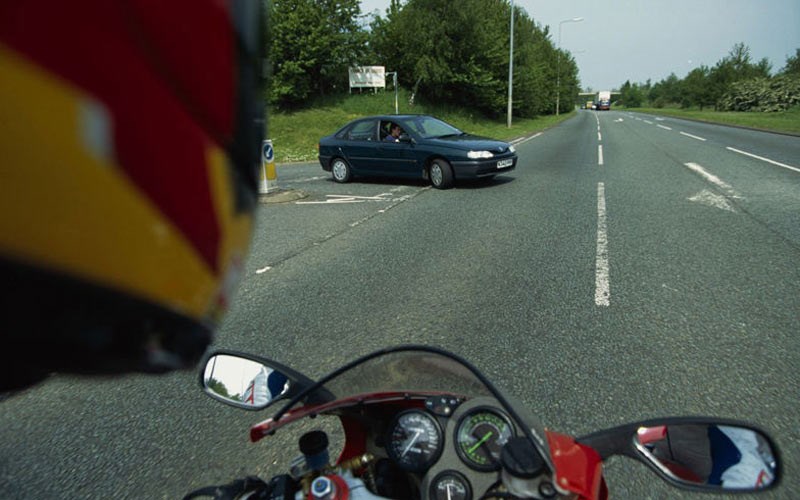
Image from: mcn.com
But this does not mean that you should place 100% of all your faith on others. Always think ahead and think, “What if that car pulls into my path because he missed the turn?” Or “That truck may take need a wider arc through the intersection.”
And of course, most Malaysian drivers stay away from signalling like it is a plague.
Being paranoid may seem to take some freedom away from riding, but it keeps you safe and alive to ride another day. Of course, compare yourself to those who are driving: How much freedom do they have?
2. Be visible
We understand that not every rider likes looking like a fluorescent yellow highlighter. Some road users may think you are a policeman and that extra attention just bought you an extra moment of safety. If you do not like high-visibility jackets, consider a vest or a bright helmet, at the very least.
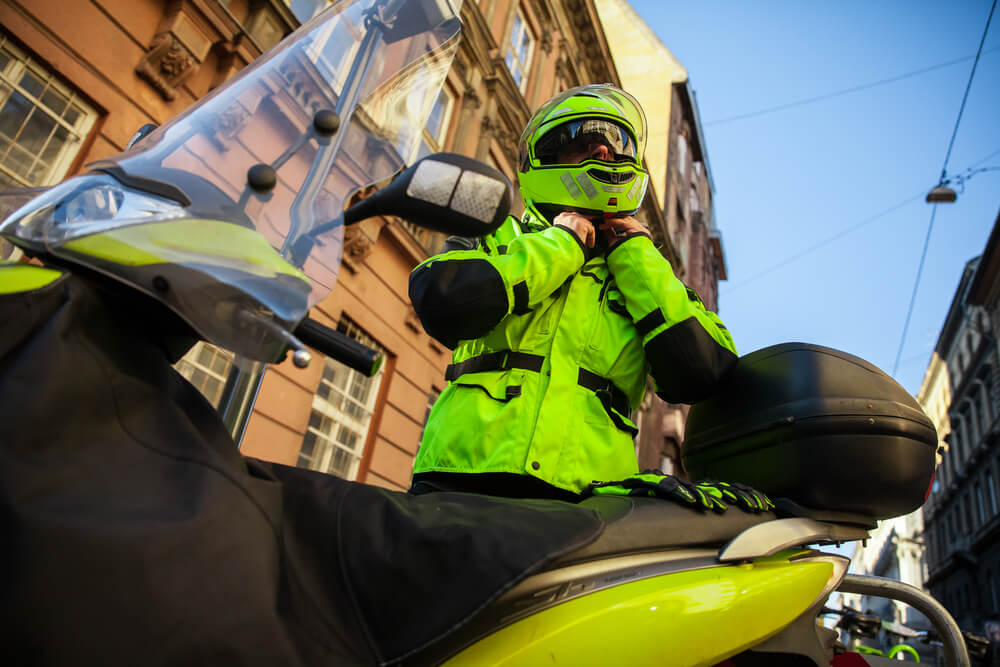
Image from: driving-test.org
The jury is still out about loud exhausts. Through experience, we noticed that it does not make a difference either way. A driver could be easily distracted by so many things in his car: The radio, children, phone call (even via handsfree), adjusting the air-conditioner, looking for his drink bottle, checking the car’s metre console, the list goes on. So, when a bike appears with a loud pipe, the driver may get confused and drive into you, instead.
3. Eyes like a radar
The majority of road users do not look far ahead and wide enough. Can’t blame you, because these skills were never taught at all at the driving school.
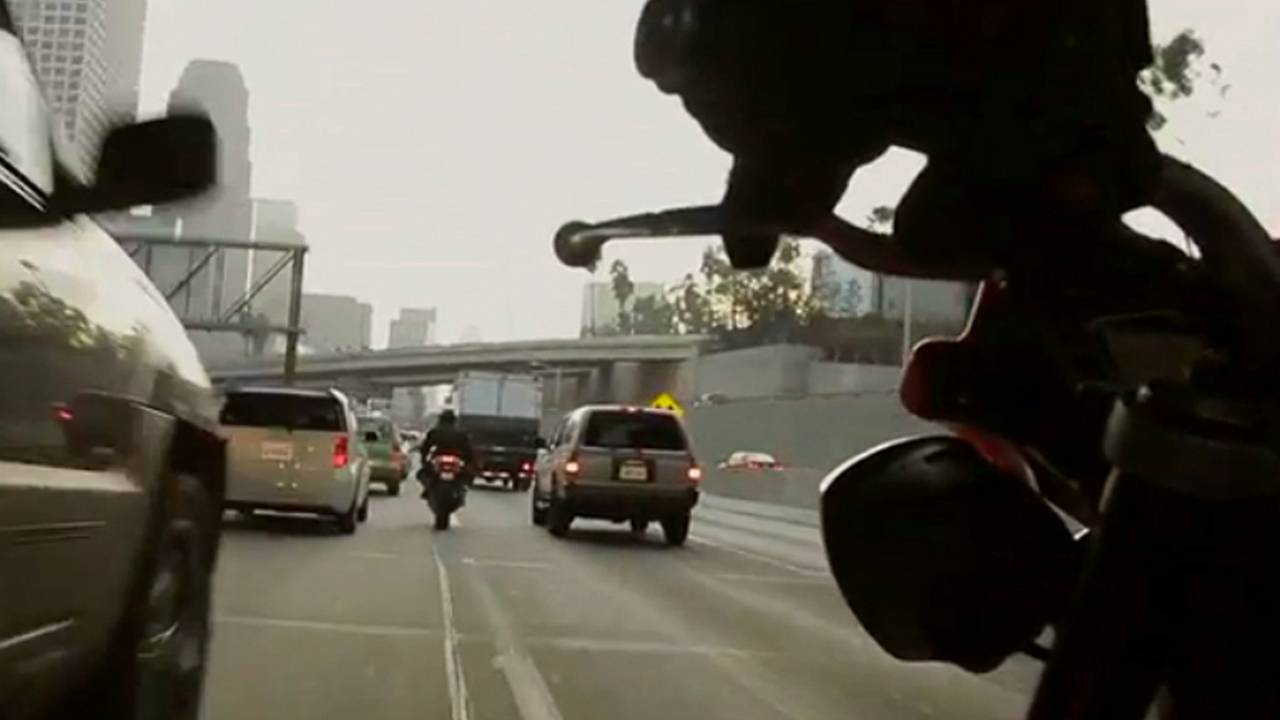
Image from: rideapart.com
Not looking far ahead and wide will reduce your vision to just several metres in front of your bike, like when you are riding through a tunnel – hence the terminology “tunnel vision.”
This is very, very dangerous because you cannot spot danger ahead of time. Additionally, using a very narrow field of vision means you cannot see what is creeping up beside you – and many accidents occurred because of this.
To overcome this, train your brain to force your eyes to look as far ahead as possible, and scan the road from side to side like a radar. If you do not force your eyes to remain active, your subconscious will take over and you start riding like a zombie without all-round awareness. By the time you spot the side panel of a car beside you, it is already too late.
We have heard of riders advising to spot the wheels of a vehicle turning. We do not recommend this at all, because you will not have much time to brake or avoid, by the time the wheels turn, especially at high closure speeds (meaning the speed difference between you and the car is more than 50 km/h).
Besides that, you may end up target fixating on the wheel and car. Targeting fixation means you keep staring at the danger you want to avoid but plough straight into it anyway. This built-in survival reaction kept our forefathers from being eaten by wild animals, but it is counterintuitive on a bike that can travel up to 300 km/h.
How do you overcome target fixation? Train your mind to look to the sides and away from danger. For example: A pothole shows up from underneath a car you are following. Look to one side of the offending spot and steer there. Do not keep looking at the pothole. This because the bike goes where you look.
4. Look for gaps
The subject of vision brings us here. You can pick out gaps in traffic much quicker when you use your vision actively. Added to this is the freedom we have to filter and split lanes in Malaysia. Look for gaps what put you out of blinds spots and means of escape in case something happens.
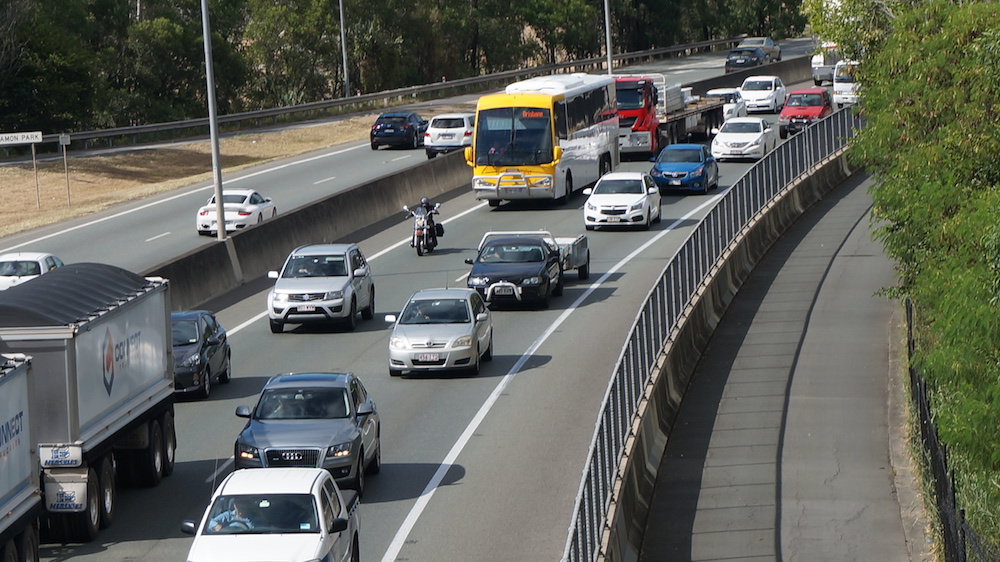
Image from: motorbikewriter.com
5. Always scan for an escape route/zone
Having your eyes performing like a radar also helps in spotting potential escape zones. These are the where you can swerve your bike or brake into say if a car cuts you off from the side. Escape zones provides larger margins for error.

